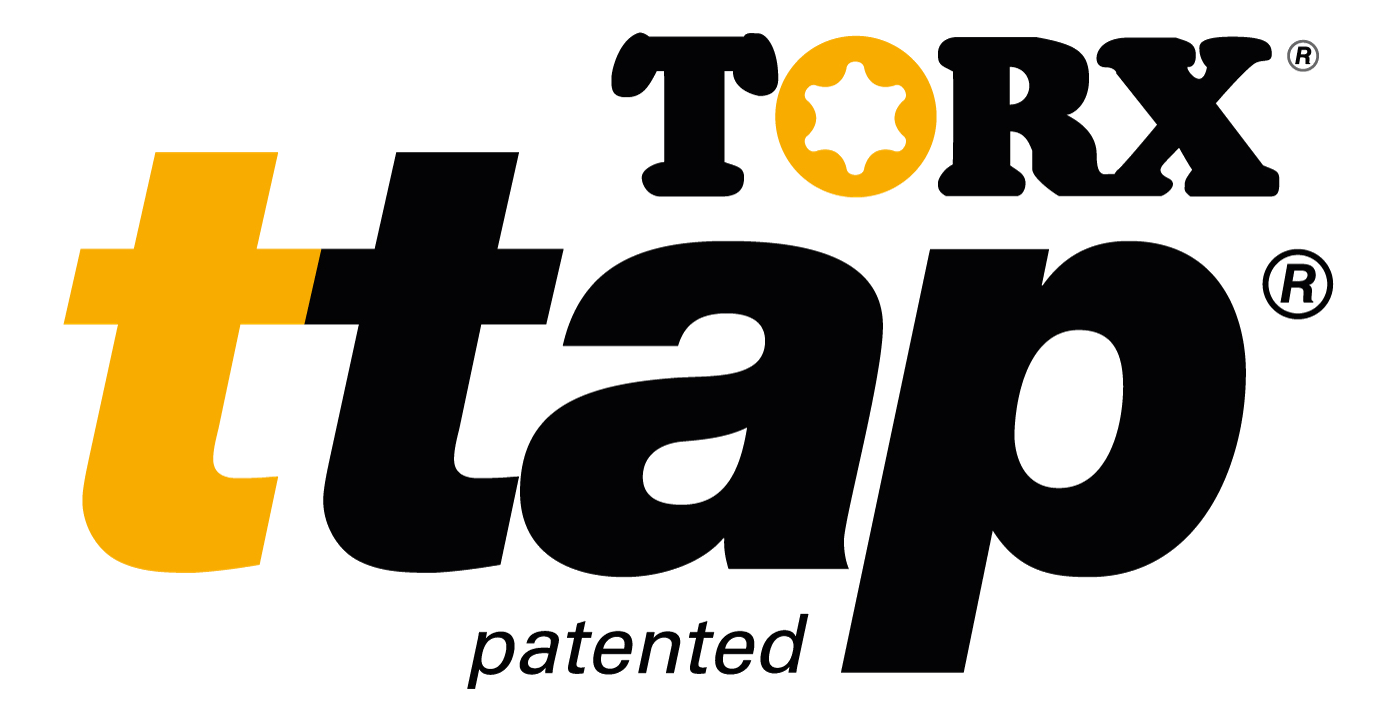History of screw recesses

SLOTTED
The oldest slot is straight slot that extends diametrically across the screw head. Problem: Tool slippage is common, which can cause damage to surrounding surfaces

HEX (UNBRACO®, ALLEN KEY)
Common problem that corners of the hex socket are damaged causing difficulties driving in the screw.

PHILLIPS - POZIDRIV®
Cross-slots, which mainly appear as Phillips slots and Pozidriv®. Common problem is that conical side walls deflect torque upwards causing "camout" and requires much power when driving the screw.

TORX® (HEXALOBULAR)
The hexalobular slot remedies many of the disadvantages that are associated with for instance cross-slots. For all that, the hexalobular slot still has some serious disadvantages. Since the walls are straight, the slot depth will be limited, particularly in concial screw heads, or so-called countersung heads. If the depth becomes too great, the walls of the screw head will become very thin at the bottom of the slot, and the screw head may easily break off in this area.
Due to the depth limitation, the engagement between the tool and the slot will not be very good, and the tool may wobble as the screw is screwed in or out. The limited engagement between the tool and the screw also causes the screw to hang badly when the tool and the screw are held approximately horizontally. For craftsmen who have to screw a great number of screws, it is of great importance that the screw hangs on the tool until the screw has caught in the material into which it is being screwed. As the tool wears, its ability to retain the screw will worsen.

TORX®TTAP®
TORX®TTAP® is 100% backward compatible with TORX® and copies. TORX®TTAP® has all the advantages and no disadvantages compared with other recesses. TTAP® utilizes our patented stable stick-fit solution to ensure no wobble - no need to push action.

